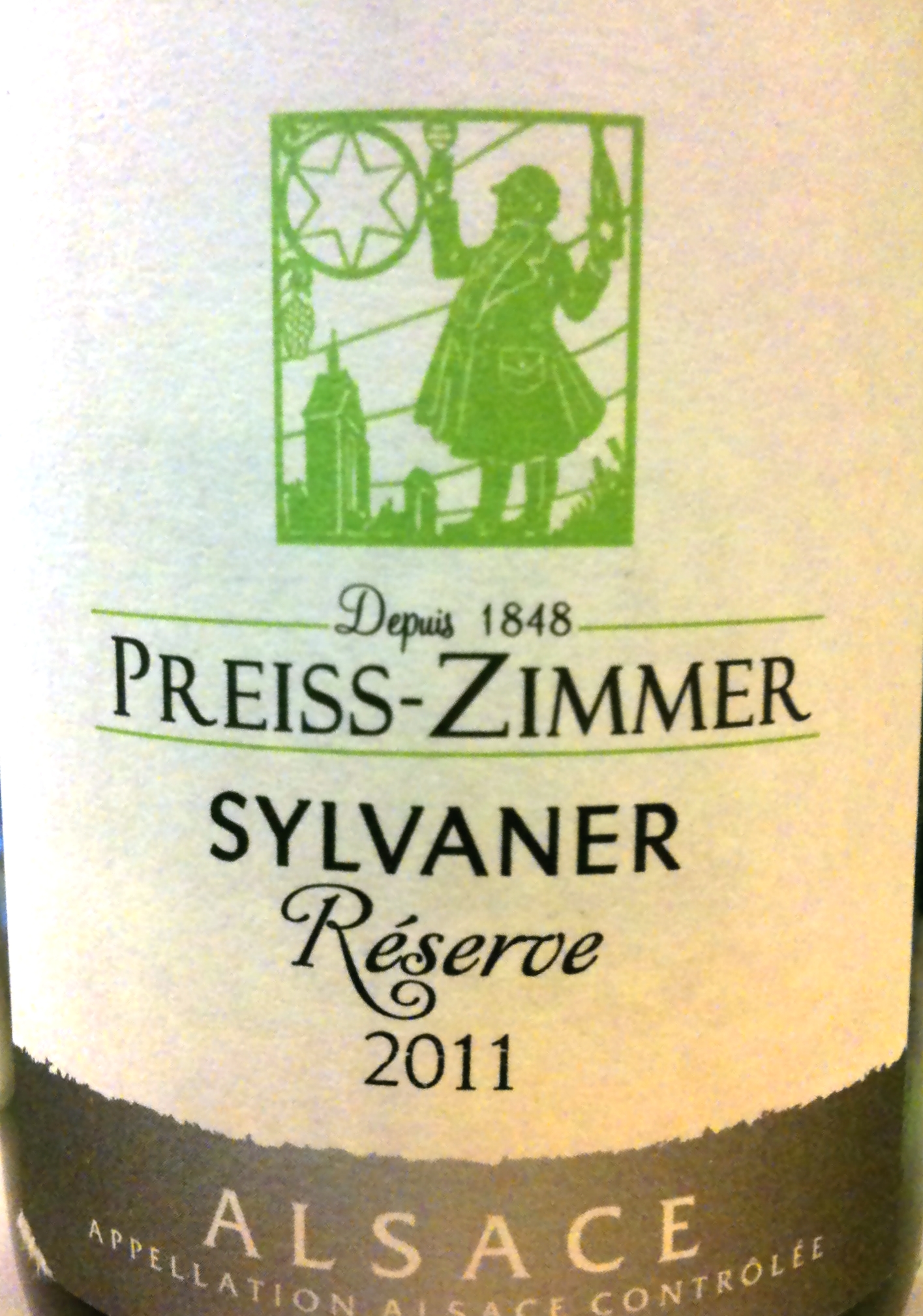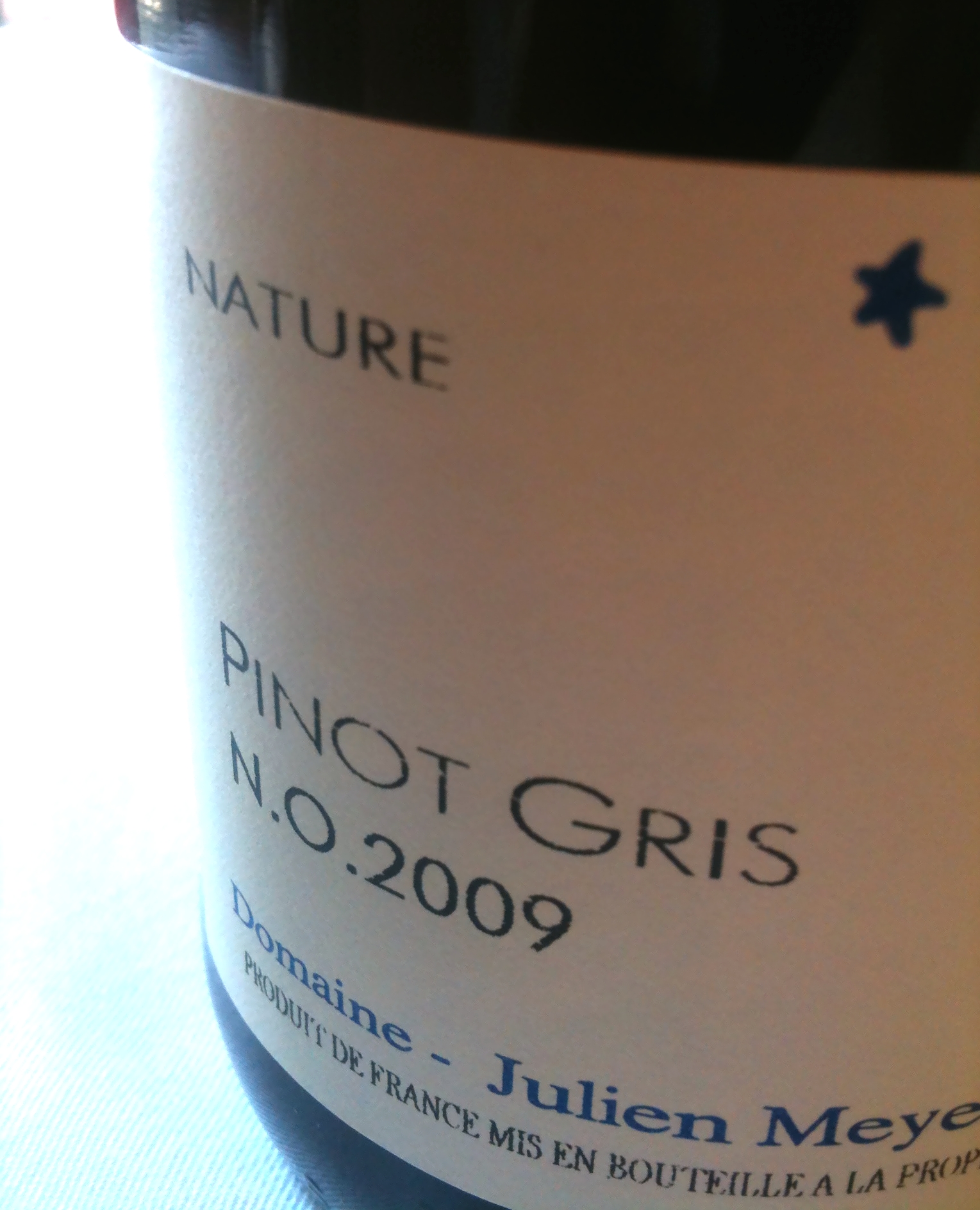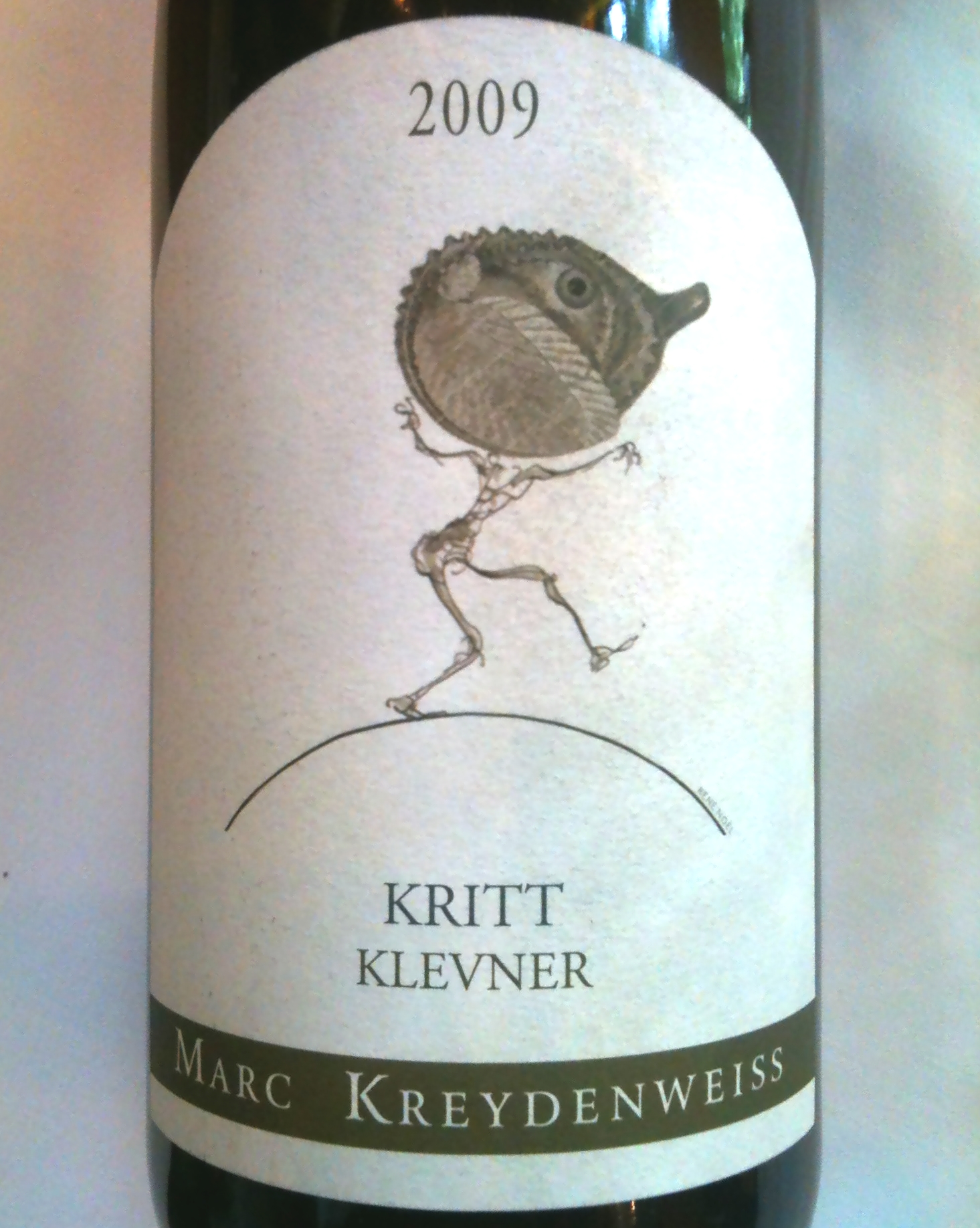Less hate, more love
Posted on 17 July 2012
The great fun of running a blog for nearly four years is that you can contradict yourself. In 2009 I wrote this pithy review of a trade tasting of Alsace wines here in Warsaw. Last Thursday, Alsace was in town again (with largely the same wines), and I tasted through 80 bottles without finding a single bad one. Is it just me, or have the wines improved so markedly?
They have. It is particularly obvious at the bottom end. Basic bottlings from large producers and coops are nicer to drink than ever before (before, it often was a hit-and-miss affair). I’ve had good fun with the wines of Preiss-Zimmer, for example: a label of the large Cave de Turckheim coop, the basic Sylvaner and Pinot Blanc both retailing below 10€ here on Poland showed good fruit and definition, and even the grand cru Riesling and Gewurztraminer exceeded expectations. Another example is Domaine Rieflé, a producer with some pretty good grands crus but underwhelming basic wines, in the past. This time I really enjoyed their wines: very well-balanced between acidity and sugar, with delicious fruit and some real elegance; the 2011 Pinot Gris being the best.
The other noteworthy thing is how drier Alsace wines are becoming. An average bottle of Pinot Gris or Gewurztraminer will still oscillate between 10 and 25 g of sugar, but otherwise wines are now firmly in the ‘harmoniously dry’ category but soft but unsugary fruit. And some are actually quite tense and vibrant, such as Rieflé’s 2008 Grand Cru Steinert Riesling, Guy Wach’s 2010 Kastelberg Riesling, or Zind-Humbrecht’s 2010 Turckheim Riesling. These wines show the Riesling grape at what it really is: a structured, austere wine destined for long ageing and fine foods. That’s actually a move back in the right direction, because 6 or 7 years ago Alsace Riesling was often overripe, plump and sweetish, such as this Schaetzel and Weinbach wine I reviewed.
General trends aside, Alsace remains the land of individualism, and I delighted in a good number of freakish, engaging bottles at this tasting. Patrick Meyer aged his 2009 Pinot Gris N.O. in unfilled oak barrels (and no SO2), resulting in a controlled oxidation that pushed the wine near a Jura vin jaune. Jean-Michel Deiss, in a region of varietal wines, mixed all kinds of grapes in his impressively concentrated, sappy 2009 Langenberg. Marc Kreydenweiss produced a bone-dry mineral Riesling but his next bottle was a crazy late-harvest botrytised Pinot Blanc that went beyond what French legislation had programmed (Pinot Blanc cannot be made as a vendange tardive): with fantastic intensity of baked apple flavour and a never-ending finish, the 2009 Clevner Kritt is a great bottle of juice.
Disclosure
All the above wines were tasted at a public event.




